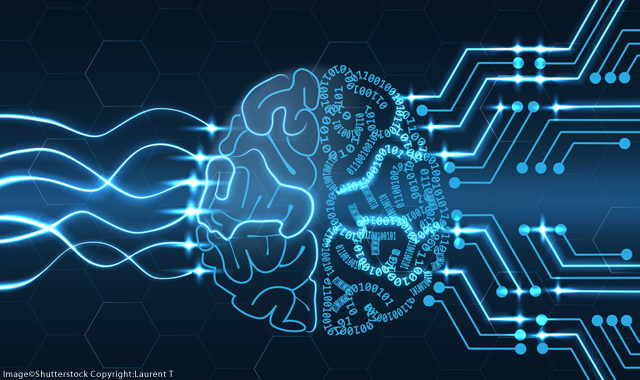The AI revolution that's coming to dentistry
Artificial intelligence will be hitting the dental industry soon - here's what you need to know.

In January’s article, “14 things dentists should look forward to in 2018,” I mentioned software incorporating machine learning as a high impact area that is emerging quickly. I’ve since had the privilege of meeting two brilliant engineers that have developed sophisticated artificial intelligence (AI) platforms in several industries and are now doing promising research on dental applications.
This month I sat down with Angam Parashar and Ankit Singh, co-founders of a sophisticated artificial intelligence start-up company, to get their perspectives on how and when AI will impact dentistry.
What gave you the idea of applying your expertise in AI to dentistry?
Actually, our interest began with Angam’s visit to the dentist about two years ago. He was diagnosed with a cavity that was apparently missed on a previous appointment. After the anesthetic wore off he began asking “why was this missed?” We learned that this is not an uncommon issue and began to explore if AI detection could be a solution.
Related reading: 6 emerging technologies that will change dentistry forever
We all know the science fiction movie portrayal of AI. What’s the reality?
Often, we find that people don’t understand AI and are afraid of it. We have seen this to be especially true as AI moves into healthcare. Considering the current state of the art in AI technology, it’s only going to be an enabler of the human capability. It’s not going to replace us any time soon.
What is AI and how does it work?
We start by feeding an AI system a large data set; for example thousands of radiographic images. Through a variety of methods, the AI algorithm is trained to recognize patterns from these large data sets which is nothing new in the world of computing. What differentiates AI is that the algorithm refines itself with exposure to more data and keeps getting better at its specific task. Our personal definition of AI includes the idea of the machine making ever more intelligent decisions. It’s not a “rules-based” program that is limited by inflexible “if-then” logic.

Where is the AI revolution in dentistry as of May 2018?
By our definition of AI, we’ve not even begun. We’re just starting to see some applications of machine learning as applied to the business side of dentistry such as intelligent scheduling. Clinically we’re not even scratching the surface.
We think you’ll start to see significant movement in the dental space regarding the adoption of AI-powered products on both the business and clinical fronts in the next 12 to 24 months. In 10 to 15 years AI will be tightly woven into the fabric of how dentistry itself is done. By that time platforms using artificial intelligence will be as much a part of dentistry as practice management systems are today.
What applications do you foresee in dentistry?
When we look at dentistry we see a lot of predictive tasks where AI can assist with decision making. We also see many repetitive tasks where AI will improve productivity. For example, algorithmically integrating a patient’s dental and medical history with radiographic and cone beam images will assist with diagnosis and treatment planning.
Correctly interpreting X-ray and 3D images requires both a lot of experience and an element of art. Envision having an AI assistant that has literally viewed and learned from millions of images. AI can actually look at and analyze bone density so we see diagnostic applications in periodontics, implants, and orthodontics. Our current research shows that caries detection appears to be a great application for AI.
Trending article: The state of intraoral scanning
Tell us about your research in caries detection with AI.
After Angam’s experience at the dentist we went to work on a prototype caries detection algorithm. It has proven to be more challenging than any other AI application we have ever attempted. It turns out that reading X-ray images and accurately and consistently detecting caries is technically very difficult. In fact, it’s amazing that dentists are so highly effective when you understand the complexities involved.
We trained our caries detection AI algorithm on thousands of bitewing X-rays over the last couple of years and we have reached reasonably high levels of accuracy in predicting the location of caries. Our system is now being tested by dentists in their clinics in an investigational device study. The system pinpoints the areas in the X-ray where it “thinks” the caries may be, providing the dentist with an extra set of eyes as to where to look.
So, in truth many dentists eager to contribute to the AI revolution are already utilizing our system for learning about and benefiting from AI. If any of your readers are interested in testing out our cavities detection system by becoming co-investigators they are welcome to visit our investigational device website https://www.dentistry.ai for more information.